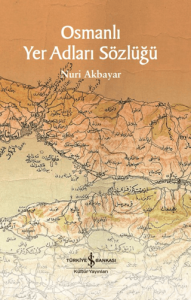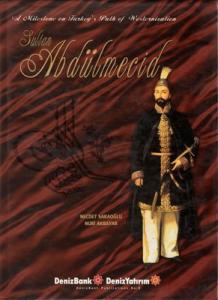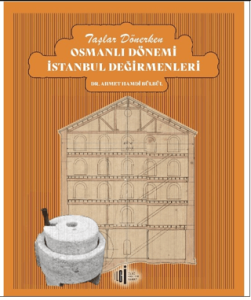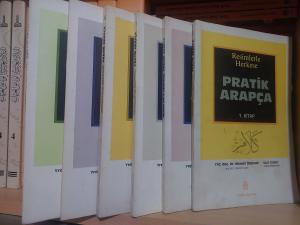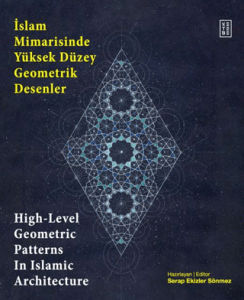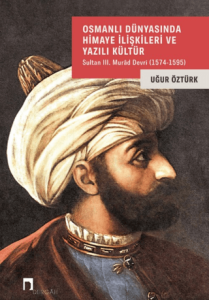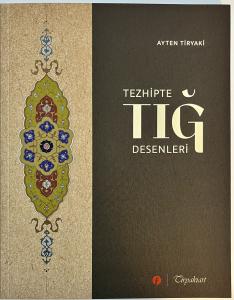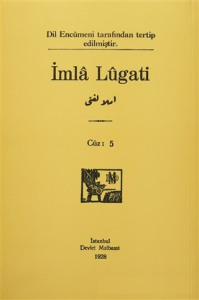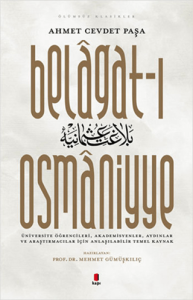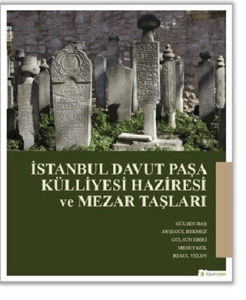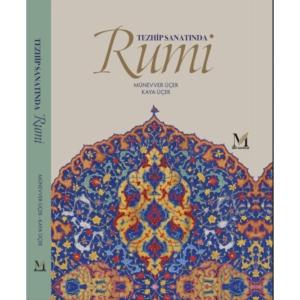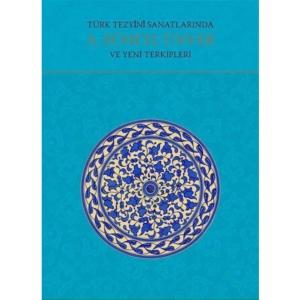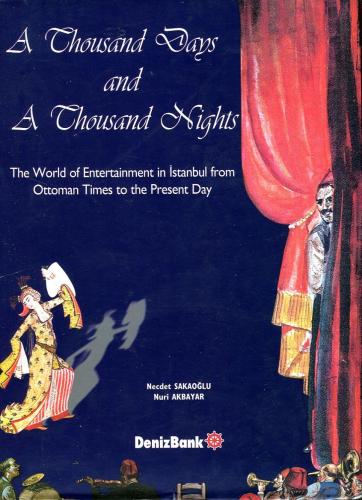
The loss of an entertainment culture that was centuries old, together with virtually all its elements and venues is no doubt a serious one for Istanbul. In the past, the royal wedding and circumcision feasts, military and guild parades, city and sea illuminations, promenades and picnics, excursions in the moonlight, all of which were original entertainments and events, could also be considered festivals in themselves. Then there was Shadow Theatre, Mimics and Story-Tellers and Orta Oyun. These have not only been forgotten by the cultural metropolis where they all took place; what is more, even modern forms of entertainment and venues adapted to the life of the general public have also been forgotten. It is from this point of view that A Thousand Days and A Thousand Nights, which sheds light on the entertainment life of the past, should be read not as a source of nostalgia but as a documentary that will enable us to compare and evaluate critically yesterday and today. As far as the contents are concerned, the old entertainment life of Istanbul, the classical period before the Tanzimat and, in an analysis of the Tanzimat and the period that followed, particular attention has been paid to keeping the concepts of "entertainment" and "art" separate. Areas of universal art such as opera, ballet, symphony concerts, etc. are outside the scope of this book, as are events organised by the Conservatory and performances of Turkish classical music.
The loss of an entertainment culture that was centuries old, together with virtually all its elements and venues is no doubt a serious one for Istanbul. In the past, the royal wedding and circumcision feasts, military and guild parades, city and sea illuminations, promenades and picnics, excursions in the moonlight, all of which were original entertainments and events, could also be considered festivals in themselves. Then there was Shadow Theatre, Mimics and Story-Tellers and Orta Oyun. These have not only been forgotten by the cultural metropolis where they all took place; what is more, even modern forms of entertainment and venues adapted to the life of the general public have also been forgotten. It is from this point of view that A Thousand Days and A Thousand Nights, which sheds light on the entertainment life of the past, should be read not as a source of nostalgia but as a documentary that will enable us to compare and evaluate critically yesterday and today. As far as the contents are concerned, the old entertainment life of Istanbul, the classical period before the Tanzimat and, in an analysis of the Tanzimat and the period that followed, particular attention has been paid to keeping the concepts of "entertainment" and "art" separate. Areas of universal art such as opera, ballet, symphony concerts, etc. are outside the scope of this book, as are events organised by the Conservatory and performances of Turkish classical music.

